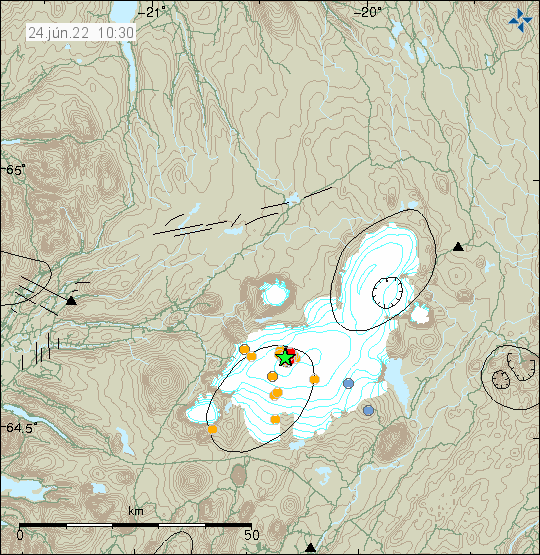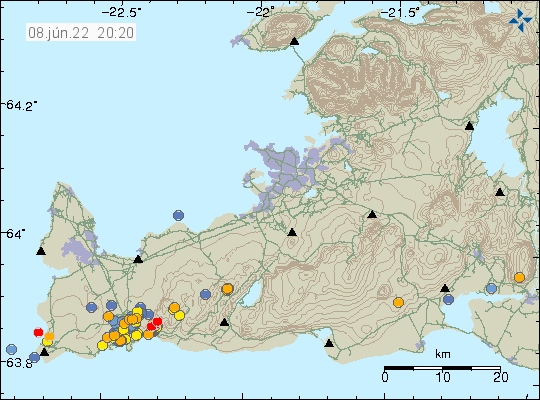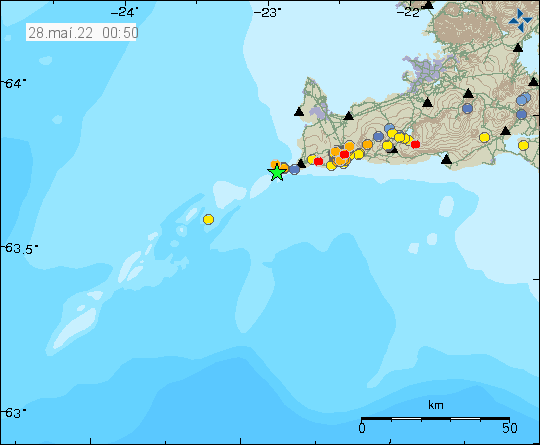In the recent weeks I have been moving to Denmark from Iceland. This is a process that takes time and limits what I can do for the next few days. I no longer have a seismometer in Iceland since running it from Iceland proved to be an impossible task. It is also made more difficult by the fact that hardware and the software that I have is old and no longer maintained.
I don’t know when I can afford upgrading to a new hardware. It is going to take a while until that happens. I am going to have my own seismometer in Denmark. That is going to allow me to record strong earthquakes in the Mediterranean sea area.
Those who want to monitor live earthquake detection in Iceland can do so on Raspberry Shake website here. My normal seismometer can be viewed here, once it’s back online on the internet. I already have the seismometer it self up and running, but I have some work left until everything is connected again. I also have to wait for a new internet connection in Denmark. I have to wait for that for a while, but I hope to have Danish internet connection by end of June at the latest.
I won’t post this article on social media.
Update 08-June-2022
According to the internet company that I did order my internet from in Denmark. I’ll not get an internet connection until 5-July-2022. Until then, updates are going to be limited.
Donations
Since moving and everything around it is horribly expensive I need donations to survive the month of June. That allows me to survive the month of June and until my situation starts to get more stable. If you donate by bank, please update your information to the Danish bank account. Thanks for the support. 🙂









